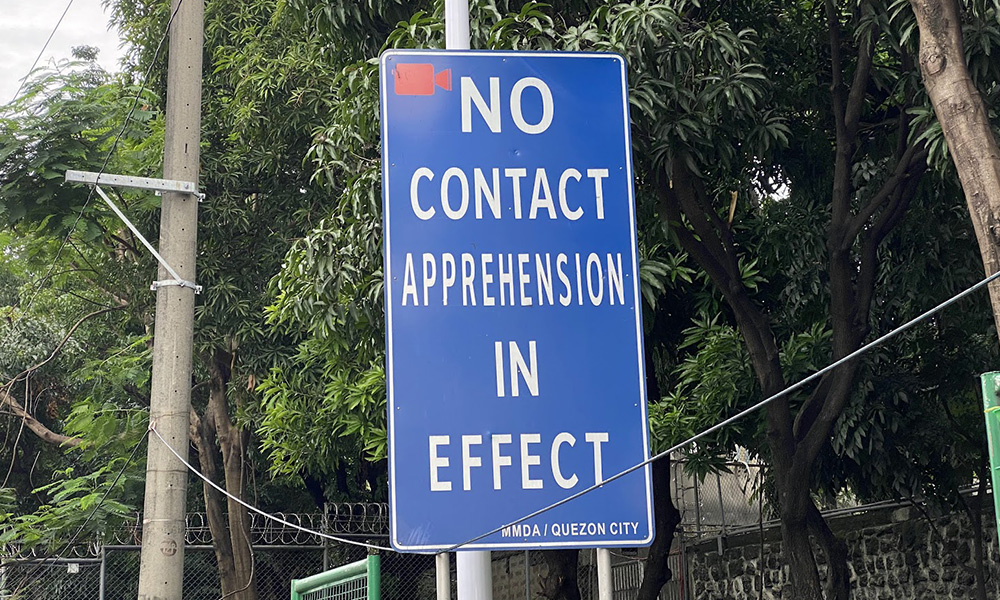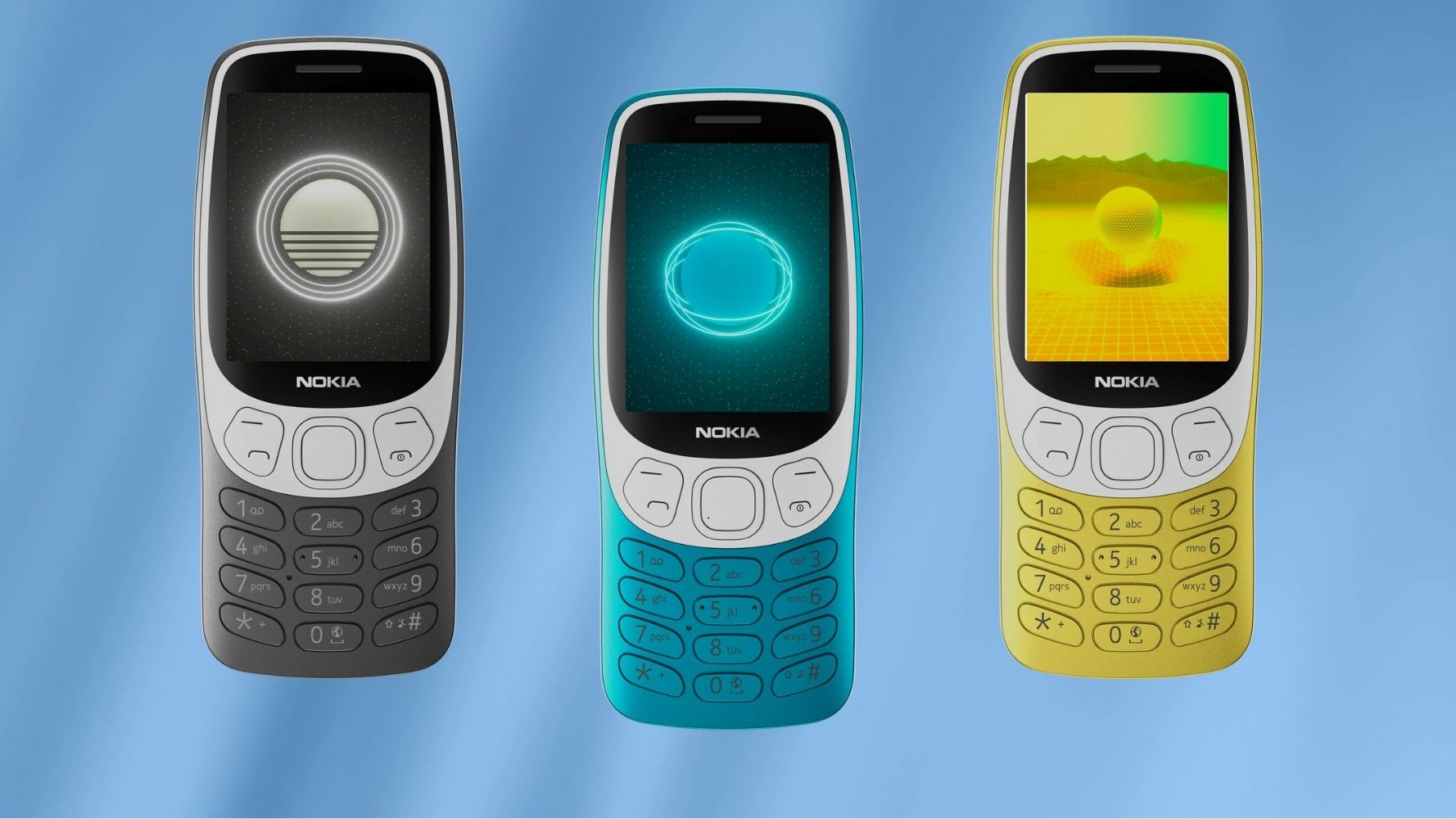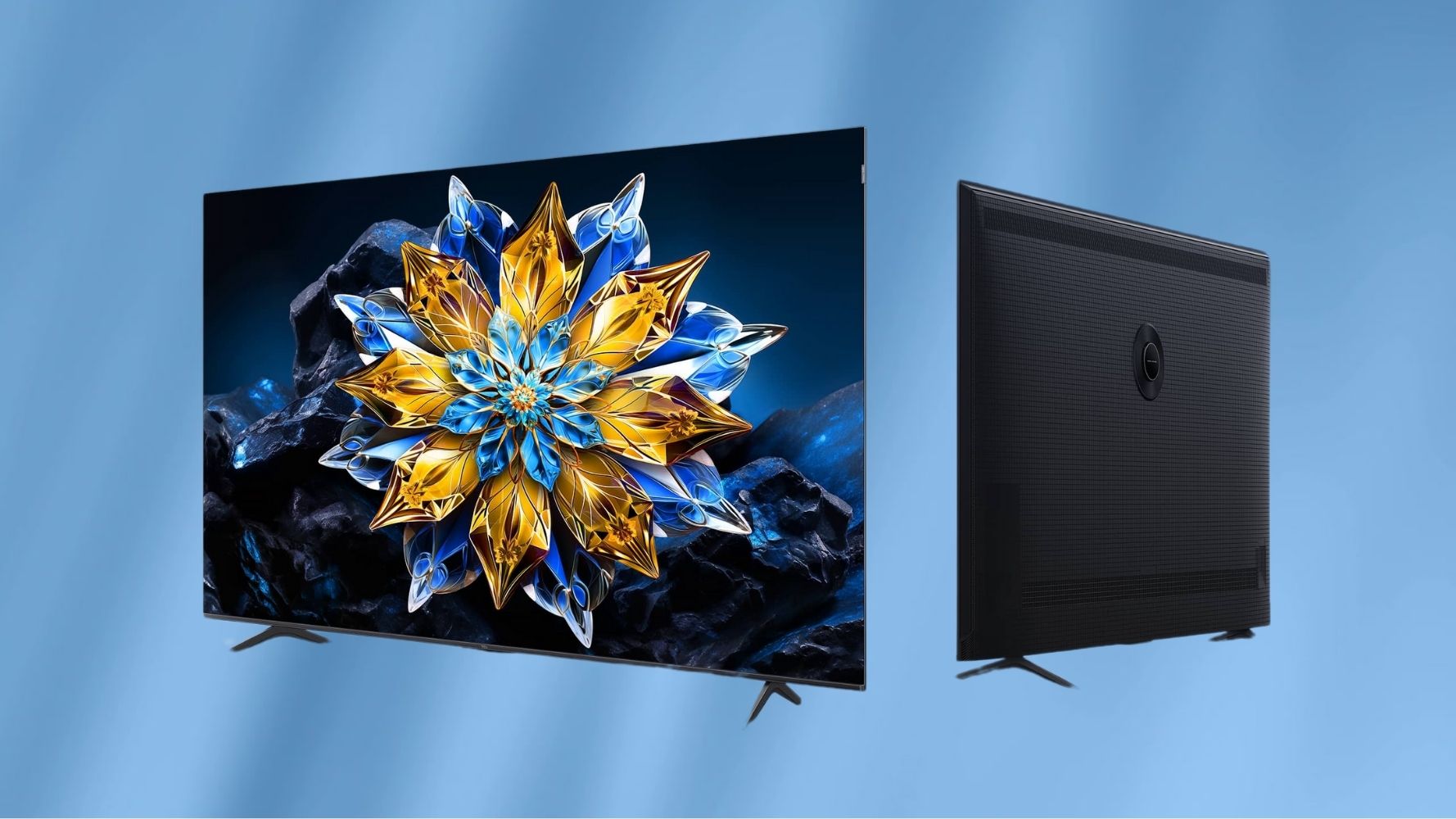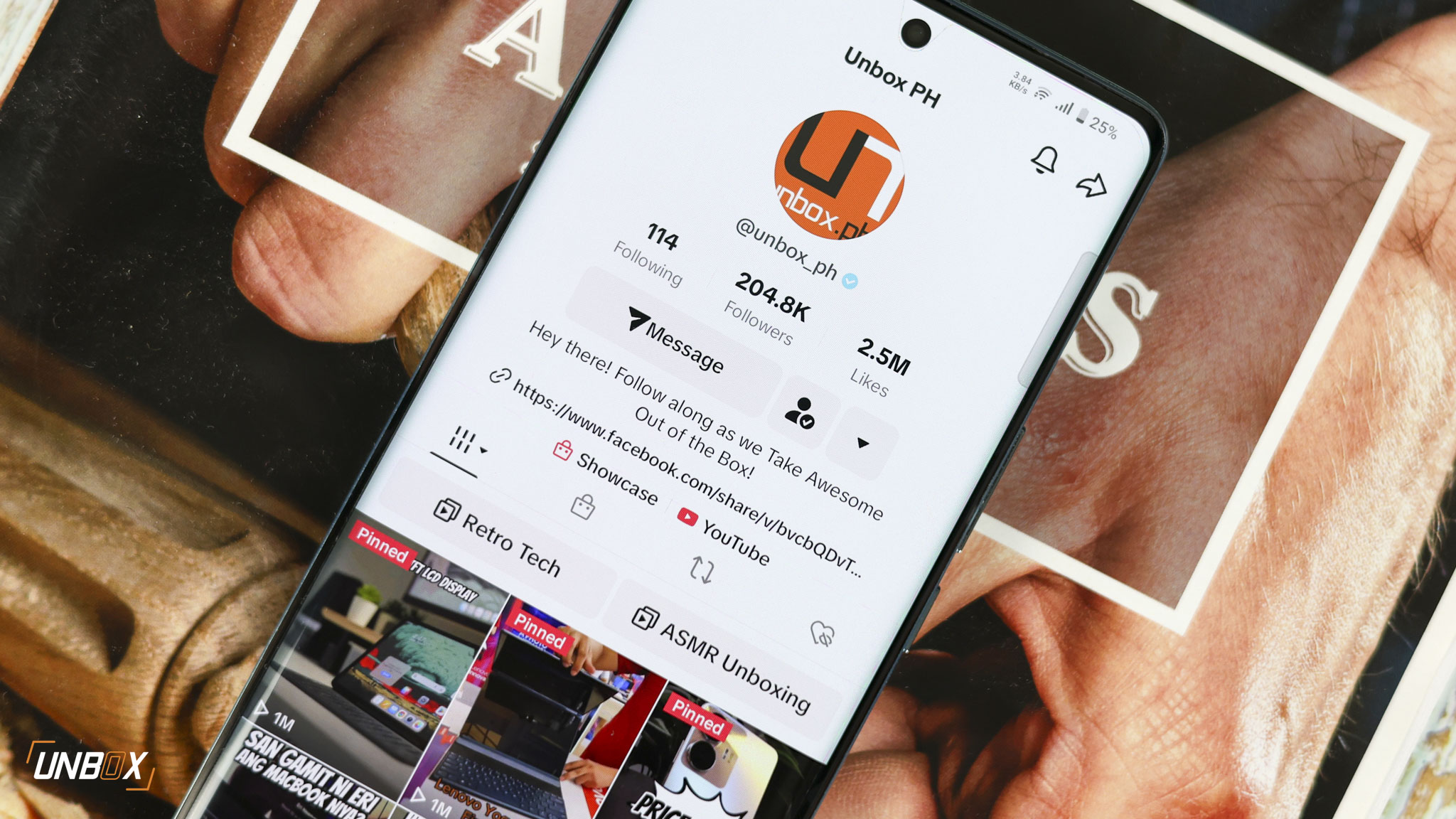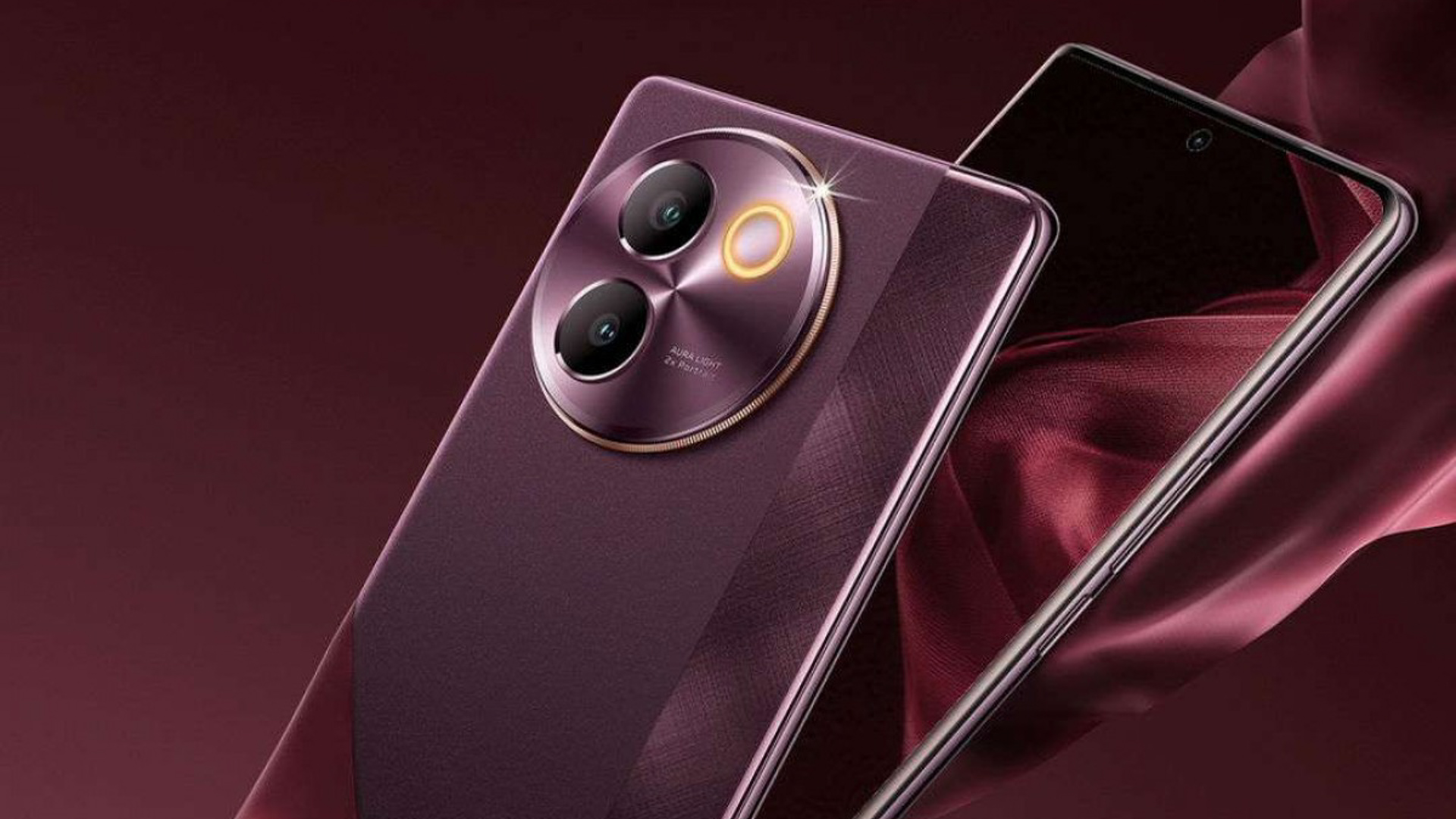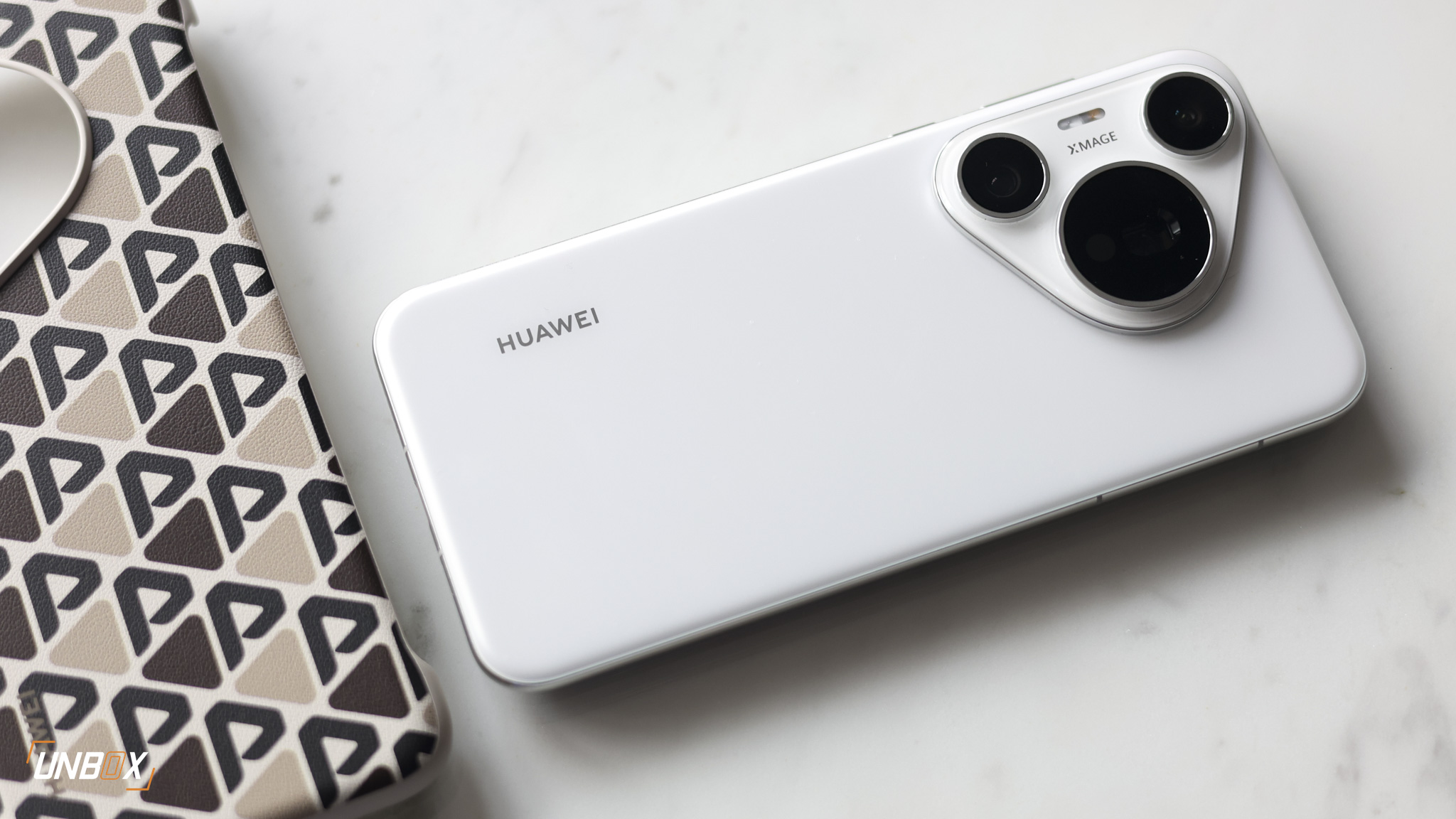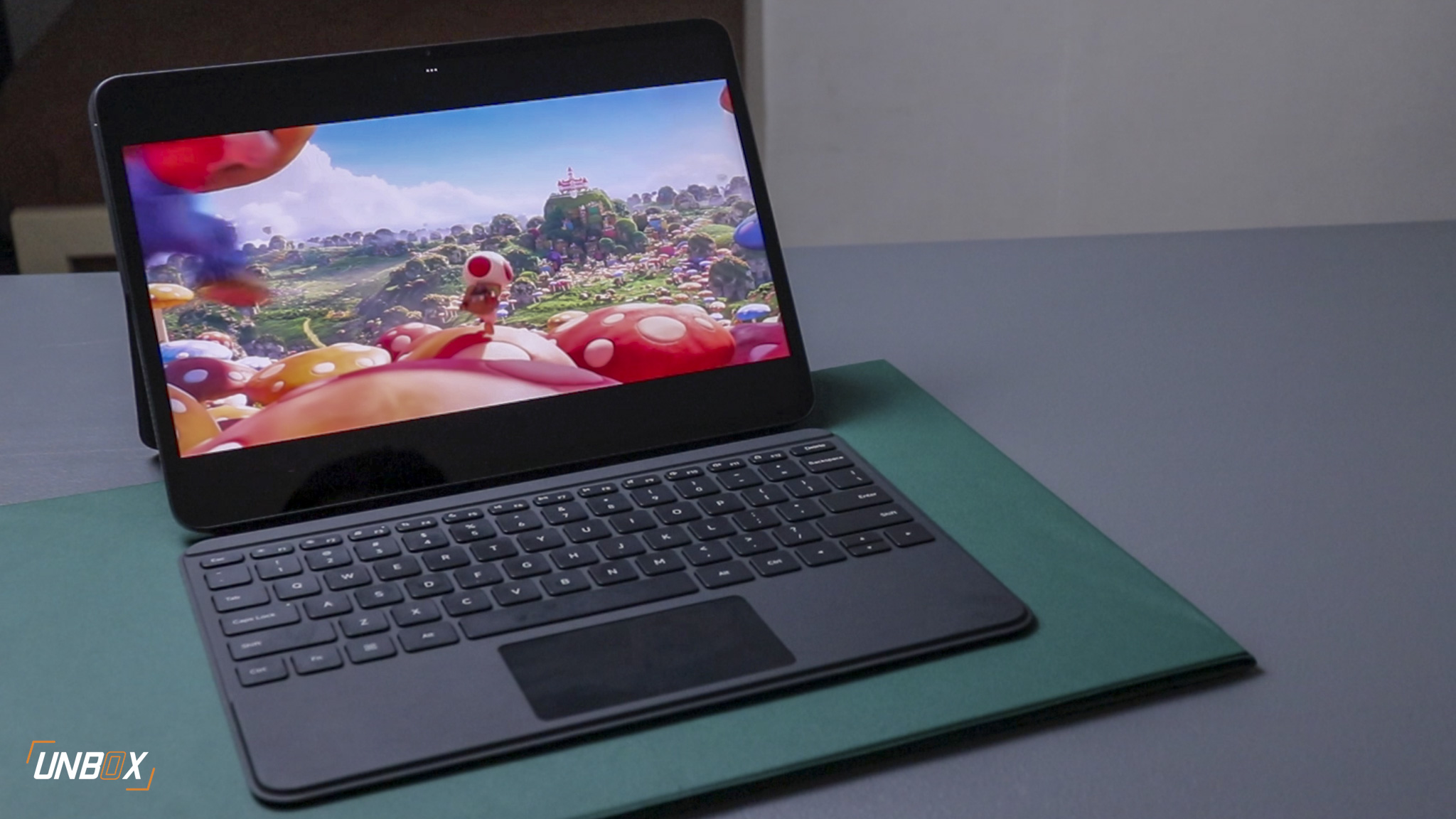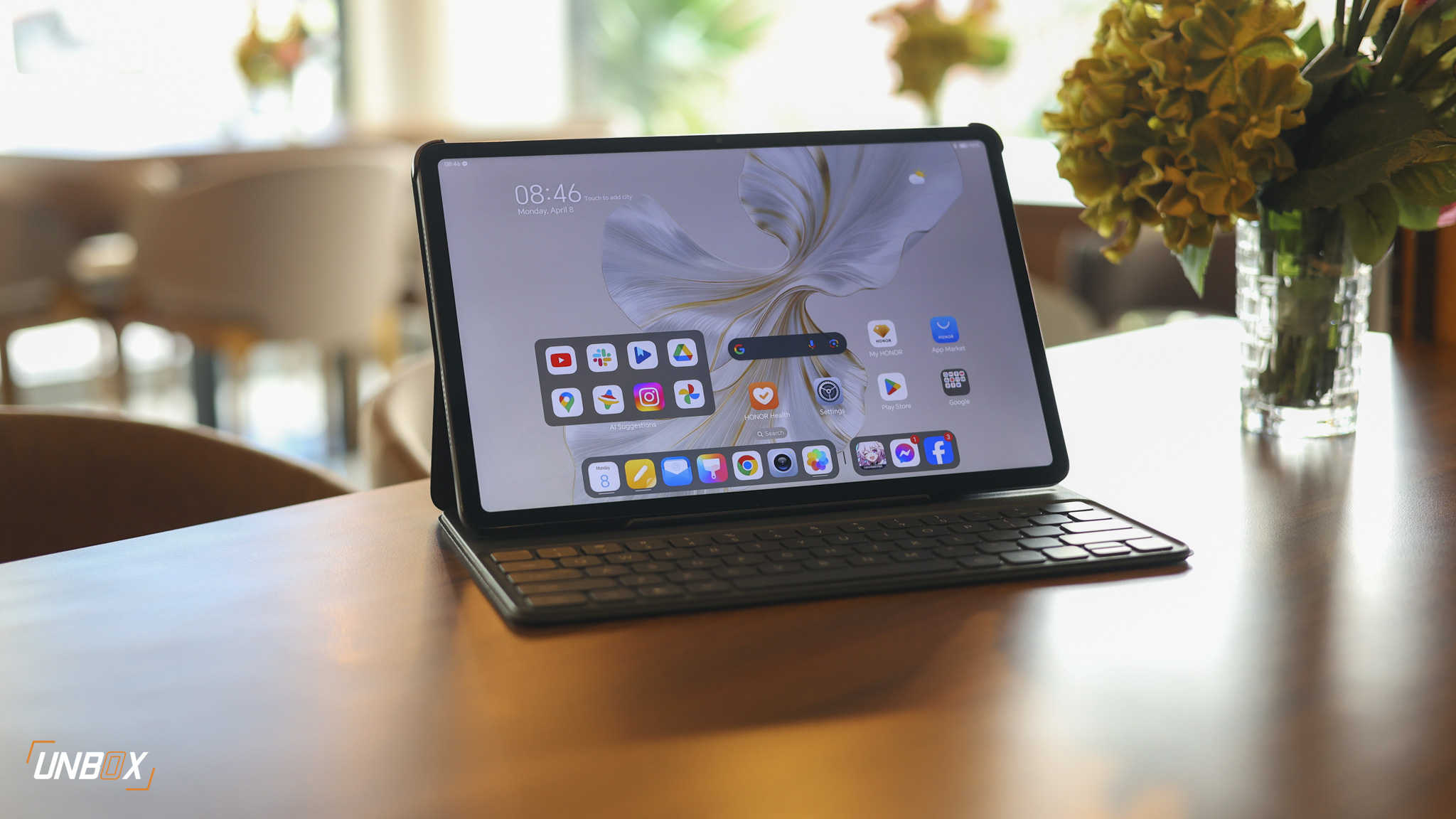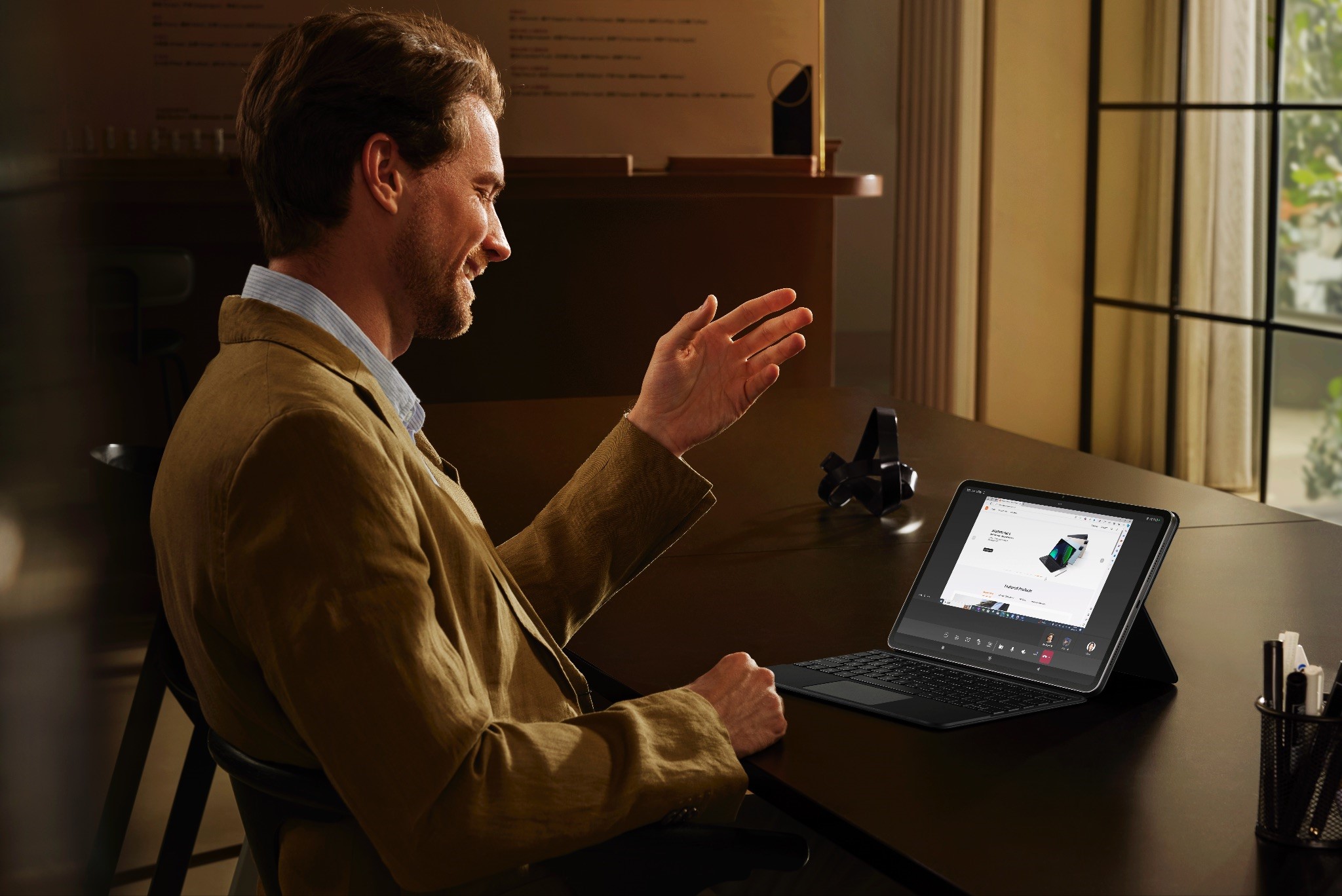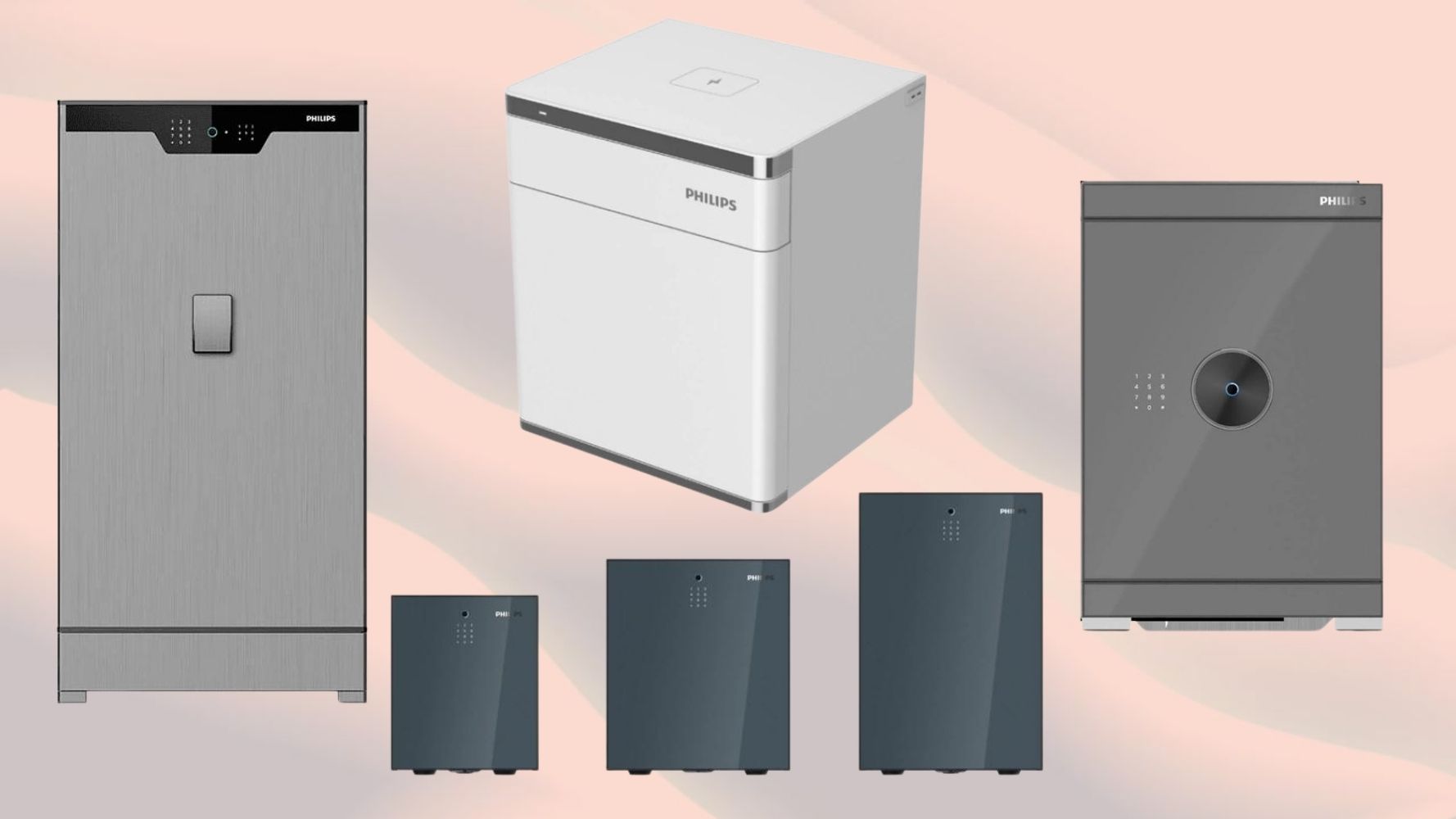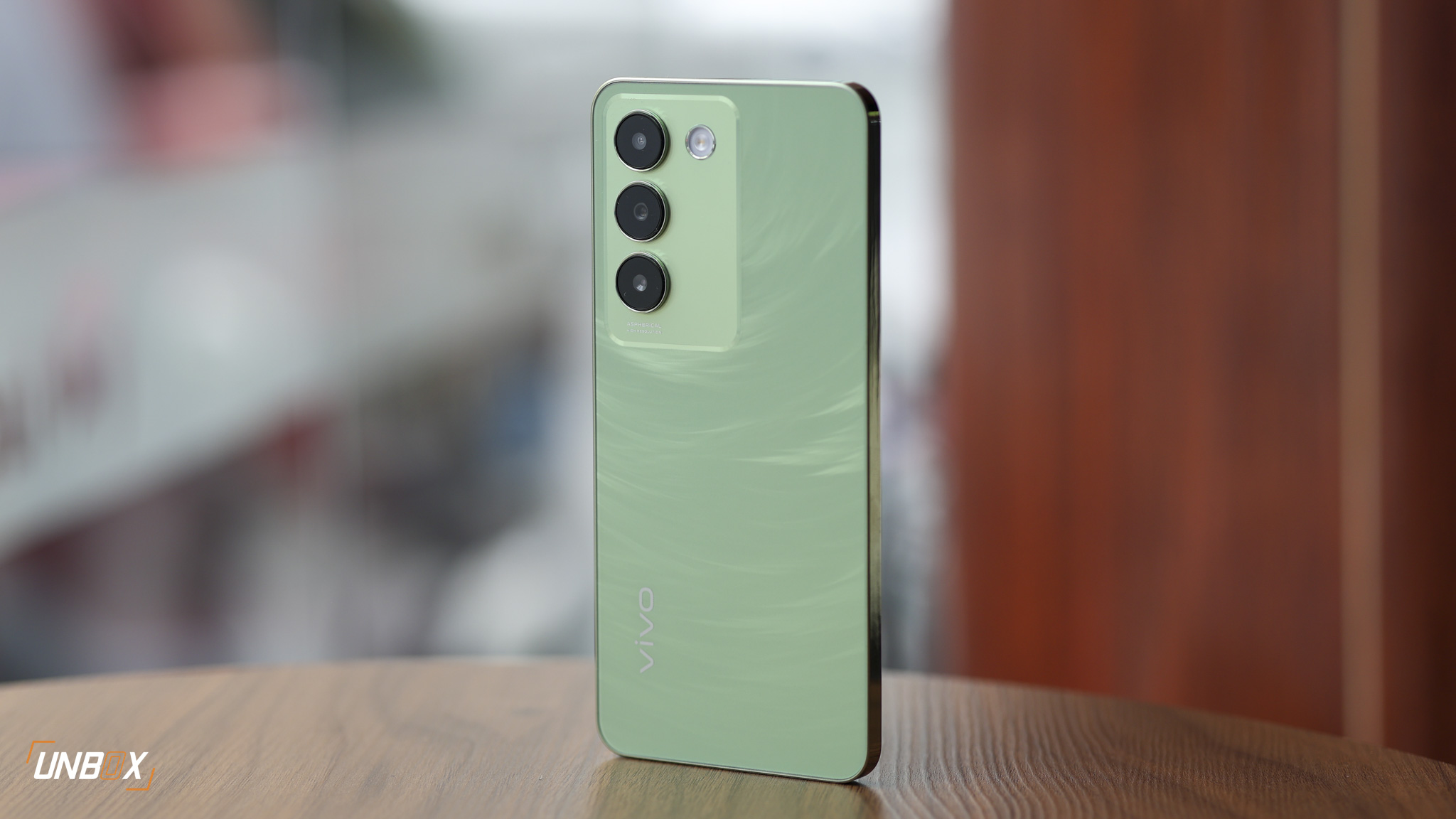Have you ever been in a road accident of any sort? When it comes to things like that, all involved parties are likely to plead innocent. That’s why video footage is necessary as evidence when it comes to showing what really happened. The latest Google Pixel allows you to turn the smartphone into a dashcam, eliminating the need to go out and buy one yourself.
This latest feature is part of a Pixel safety update and will come with a suite of features. This includes “Emergency Sharing,”Safety Check,” and “Car Crash Detection.” A leak further revealed an all-new dashcam feature for Google Pixel phones that allows users to take video and audio of the road while driving. This could take the place of conventional dashcam systems we’ve seen until now.
![]()
Once it becomes available, Google Pixel users should be able to access this dashcam feature for road safety. As of now, currently available information points out that users will be able to display navigation and other things on their smartphones even with the dashcam on. This is a huge relief for people who don’t have Android Auto-enabled vehicles. Automatic toggles between the vehicle’s infotainment system and the smartphone can also be used to begin and end the recording automatically. Users can even turn off the display of the device if it gets too bright at night.
When it comes to storage allocation, it differs from a normal dashcam. While those will finish their storage space and delete the oldest files, all videos saved on the Google Pixel dashcam feature are set to be deleted after three days. Of course, users can save particular snippets, and there’s also a maximum recording length of 24 hours. Videos are compressed to approximately 30MB per minute to save on storage space. Although our calculations peg three days worth of footage as around 129.6GB, we’re sure Google has workarounds in store.

The only issue we can foresee, besides storage, is the heat. Combine tropical climates, the location next to the windshield, and the processing power needed for video recording, and the device might just overheat. But perhaps there’s a way to reduce video resolution or FPS in order to lessen the load on the Tensor chips.
What do you think?


